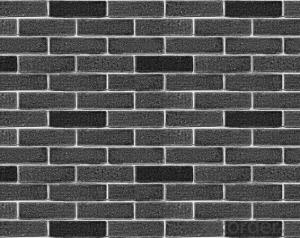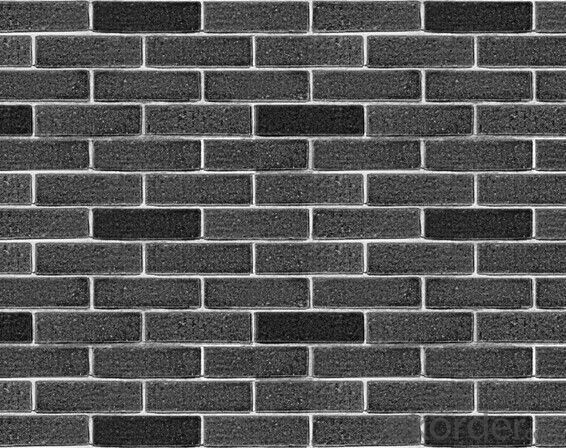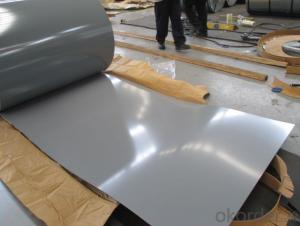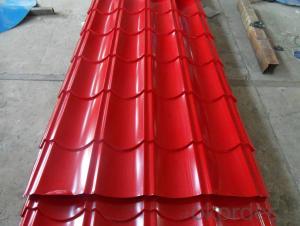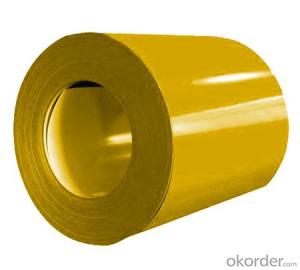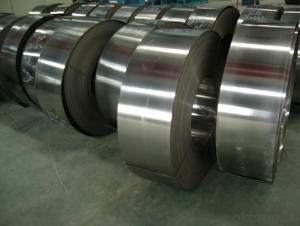PPGI Steel Coil JIS G3312 in Low Price
- Loading Port:
- China main port
- Payment Terms:
- TT OR LC
- Min Order Qty:
- 50 m.t.
- Supply Capability:
- 10000 m.t./month
OKorder Service Pledge
OKorder Financial Service
You Might Also Like
1. PPGI Steel Coil JIS G3312 in Low Price
With GI as base material, after pretreatment (degrease and chemical treatment ) and liquid dope with several layers of color, then after firing and cooling, finally the plate steel is called pre-painted galvanized (aluzinc) steel. Pre-painted galvanized steel is good capable of decoration, molding, corrosion resistance.
2.Main Features of the Pre-Painted Galvanized/Aluzinc Steel Coil:
• Excellent process capability
• Smooth and flat surface
• Good formability
• Good visual effect
3.Pre-Painted Galvanized/Aluzinc Steel Coil Images
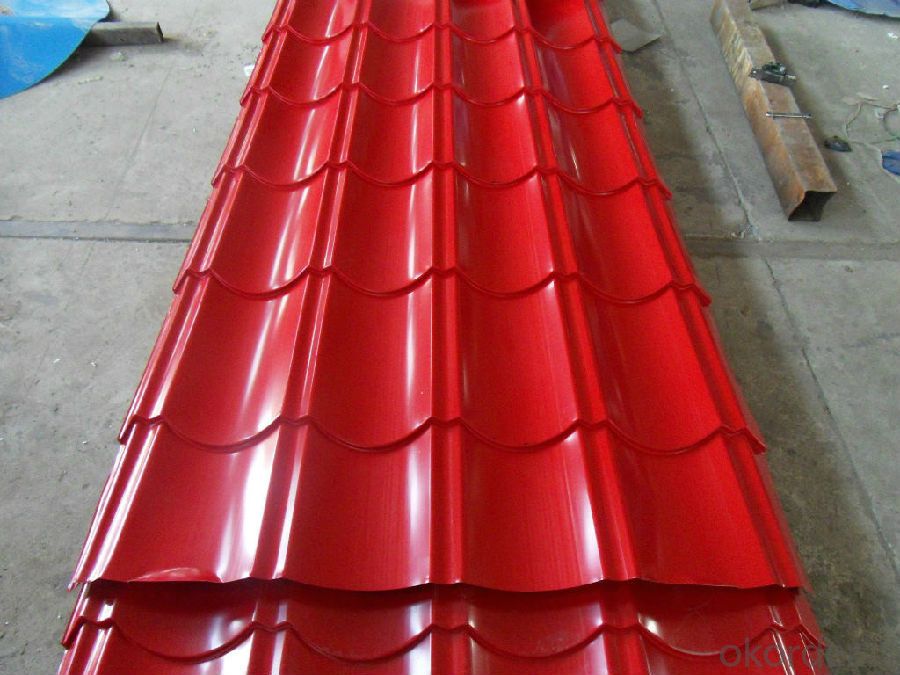
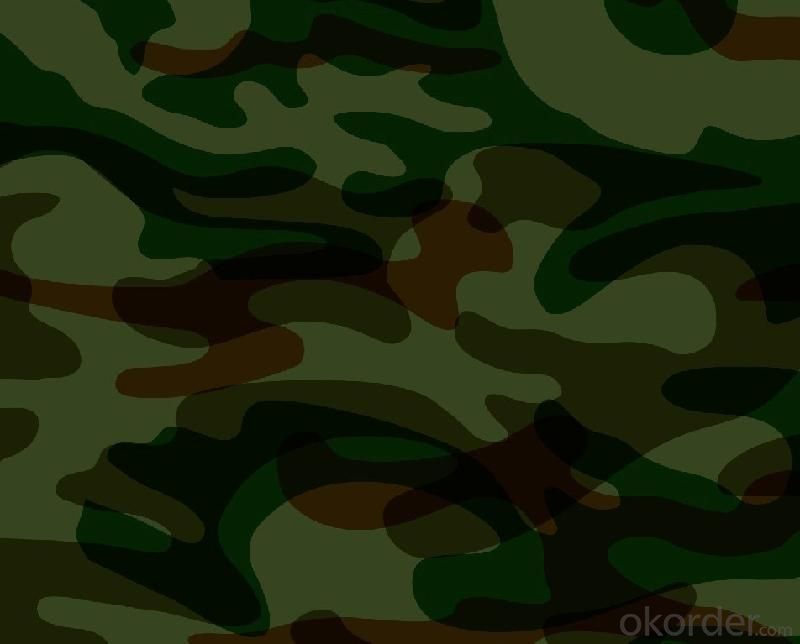
4.Pre-Painted Galvanized/Aluzinc Steel Coil Specification
Standard: AISI, ASTM, BS, DIN, GB, JIS
Grade: DX51D, DX52D
Thickness: 0.17-2.0mm
Width: 20-1250mm
Length: customized
commoidty: pre-painted galvanized steel coil
Thickness: 0.13-4.0mm
width: 20-1250mm
zinc coating: 40-180g/m2
printing thickness: top side: 20+/-5 microns, back side: 5-7 microns
color: all RAL color
surface treatment: color coated
coil weight: 4-7 tons
coil ID: 508/610mm
5.FAQ of Pre-Painted Galvanized/Aluzinc Steel Coil
1. How to guarantee the quality of the products?
We have established the international advanced quality management system,every link from raw material to final product we have strict quality test;We resolutely put an end to unqualified products flowing into the market. At the same time, we will provide necessary follow-up service assurance.
2. How long can we receive the product after purchase?
Usually within thirty working days after receiving buyer’s advance payment or LC. We will arrange the factory manufacturing as soon as possible. The cargo readiness usually takes 15-25 days, but the shipment will depend on the vessel situation.
- Q: Fallout 3 take it back quest?if i am in the rotunda and dont have broken steel installed yet so i cant leave if i instal it will i be able to continue the game even if im seconds away from the end without it Additional Detailsi know it continues on but im not sure if it will let me cause i got this far without it 1 objective away from finishing the quest idk if it will change that little bit so i can continue (ps3)already in the purifier place kill col. autum liek i said just gotta do the code thing to it idk if im to far for broken steel to effect this save file
- Yes. The Broken Steel add-on goes automatically where ever you are. The thing is, I would like stand around the control room for a little while until the Broken Steel add-on is completely downloaded (Basically pop A LOT of rad-x and radaway). You should see a pop-up message saying that Broken Steel is installed and the level cap is now at 30.
- Q: How are steel coils inspected for surface finish variations?
- Steel coils are inspected for surface finish variations by using techniques such as visual inspection, magnetic particle inspection, and surface roughness measurement.
- Q: Edward Humphrey wants to know... Can I use steel roofing on an older house?
- steel roofing is a very logical option when considering replacing a residential roof. Keep in mind that in addition to the cost of the actual metal roofing panel, most likely, in order to qualify for the warranties associated with these products, you must also use their accessories and adhere strictly to their installation instructions. If you have a very cut up house, lots of dormers and valleys, etc, the costs to waterproof these areas before installing can get to be costly, but as far as a straight forward reroof over existing substrate, costs are very competitive. As much as I see a lot recommend going over existing shingles, I prefer to strip the existing shingles, and check the sheathing, before waterproofing and roof installation.
- Q: What are the different types of steel coil edge condition options?
- There is a variety of steel coil edge condition options available, each offering distinct characteristics and advantages. The most common types are as follows: 1. Mill Edge: This is the basic and widely used type of steel coil edge condition. It occurs naturally during the hot rolling process and is characterized by a rough and uneven edge. Mill edge coils are typically suitable for applications where edge quality is not crucial, such as general fabrication. 2. Slit Edge: Slit edge coils are produced by cutting the edges of the steel coil using a slitting machine. This process results in a smoother and more uniform edge compared to mill edge coils. Slit edge coils are often preferred for applications that require a higher level of precision, such as in the automotive or electrical industries. 3. Trim Edge: Trim edge coils are similar to slit edge coils but undergo an additional trimming process to eliminate any defects or imperfections from the edges. This creates an even smoother and cleaner edge, making trim edge coils ideal for applications where appearance and aesthetic quality are important, such as in architectural or decorative purposes. 4. Deburred Edge: Deburred edge coils undergo a deburring process to remove any sharp or burr-like edges. This is done to ensure safety and prevent injuries during the handling or processing of the coils. Deburred edge coils are commonly used in industries where worker safety is a priority, such as in construction or manufacturing. 5. Rounded Edge: Rounded edge coils have their edges rounded off to eliminate any sharp corners or edges. This type of edge condition is often utilized in applications where the coils will come into contact with delicate materials or surfaces, as it helps prevent scratching or damage. It is important to consider the specific requirements of the application and the desired outcome when choosing a steel coil edge condition. Each type offers its own unique benefits, and factors such as precision, appearance, safety, and functionality should be taken into account when selecting the appropriate option.
- Q: How do steel coils contribute to sustainability in construction?
- Steel coils contribute to sustainability in construction in several ways. Firstly, steel is a highly durable material that has a long lifespan. Steel coils are used in the construction of various structural components like beams, columns, and frames, ensuring the stability and strength of buildings. By using steel coils, the resulting structures require less maintenance and have a longer service life, reducing the need for frequent repairs or replacements. This durability enhances the sustainability of construction projects by reducing the overall environmental impact associated with material waste and energy consumption. Secondly, steel is a highly recyclable material. Steel coils can be easily recycled and reused in new construction projects. The recycling process of steel has a significantly lower environmental impact compared to the production of new steel. Recycling steel coils helps to conserve natural resources, reduce the extraction of raw materials, and minimize energy consumption in steel production. By incorporating recycled steel coils into construction projects, the demand for new steel production is reduced, resulting in lower greenhouse gas emissions and a smaller carbon footprint. Furthermore, steel is a material that can be prefabricated off-site. This means that steel coils can be manufactured in factories in a controlled environment, minimizing construction waste and improving construction efficiency. Prefabricating steel coils reduces the amount of material waste generated on-site and decreases the need for transportation of construction materials, thereby reducing air pollution and energy consumption during construction. Additionally, steel is known for its high strength-to-weight ratio, which allows for lighter and more efficient structures. By using steel coils, construction projects can optimize the use of materials, resulting in reduced material consumption and lessening the overall environmental impact. The lightweight nature of steel coils also facilitates easier transportation, reducing fuel consumption and associated emissions during delivery. In summary, steel coils contribute to sustainability in construction through their durability, recyclability, prefabrication capabilities, and high strength-to-weight ratio. By utilizing steel coils, construction projects can minimize waste, conserve resources, reduce energy consumption, and decrease the environmental impact, ultimately promoting a more sustainable built environment.
- Q: I know that steel is generally iron with carbon and probably some other things in it, but I'm doing a research paper on architecture in Tokyo, and touching on the Tokyo Tower.The Tokyo work is larger than the Eiffel Tower by 12 meters, but lighter by 3000 tons. The only reason I can find for the difference in weight is that the Tokyo Tower is made of steel and the Eiffel Tower in made of iron, and since the Tokyo Tower is modeled after the Eiffel, there's really not a substantial difference in the amount of metal used....
- Steel and iron weight about the same, or more correctly, have about the same density. Steel is stronger, which allows structures to be built with less material, and thus lighter.
- Q: How are steel coils used in the production of electrical transmission towers?
- Various methods are employed in utilizing steel coils for the manufacturing of electrical transmission towers. Firstly, these coils are frequently employed in the production of the towers' structural components, including the main support columns and crossarms. To effectively bear the weight and strain of the transmission lines, these components necessitate strength and long-lasting durability, which steel coils aptly provide. Furthermore, steel coils are also instrumental in the creation of brackets and braces that reinforce the transmission towers. These particular elements contribute to the even distribution of the load and offer supplementary support to the structure. Steel coils can be molded and welded with ease, rendering them well-suited for the intricate fabrication of these components. Additionally, steel coils find extensive application in the construction of the foundation and anchor bolts that secure the transmission towers to the ground. It is vital for these bolts to possess robustness and resistance to corrosion, as they play a pivotal role in upholding the stability and integrity of the entire tower structure. To enhance their longevity and prevent rusting, steel coils are often subjected to galvanization or other protective coatings. In summary, the indispensability of steel coils in the production of electrical transmission towers arises from their exceptional strength, durability, and versatility. These coils enable the construction of robust tower structures capable of supporting the weight of transmission lines and withstanding diverse environmental conditions.
- Q: What are the common coil edge options?
- The common coil edge options include open coil edges, closed coil edges, and double heat-treated coil edges.
- Q: Is there alloys in low carbon steel or non
- Hello, okorder Hoping this can help you. :-)
- Q: What are the different types of steel coil finishing processes?
- There are several different types of steel coil finishing processes that are used to enhance the appearance and properties of the steel coils. Some of the common types include: 1. Hot-dip galvanizing: This process involves immersing the steel coil in a bath of molten zinc, which creates a protective layer on the surface of the coil. This not only enhances the corrosion resistance of the steel but also provides a smooth and visually appealing finish. 2. Cold rolling: Cold rolling is a process in which the steel coil is passed through a series of rollers at room temperature to reduce its thickness and improve its surface finish. This process can impart a variety of finishes, ranging from a matte to a highly polished surface. 3. Electro-galvanizing: In this process, a thin layer of zinc is applied to the surface of the steel coil through an electrolytic deposition. Electro-galvanizing is commonly used for applications that require a thinner zinc coating and a more uniform finish. 4. Pickling and oiling: Pickling involves treating the steel coil with an acid solution to remove any scale or surface impurities, resulting in a clean and smooth surface. After pickling, the coil is usually coated with oil to prevent rusting during storage and transportation. 5. Powder coating: Powder coating is a popular finishing process that involves applying a dry powder to the steel coil and then curing it under heat to form a durable and attractive finish. This method allows for a wide range of colors and finishes to be applied to the steel. 6. Paint coating: Similar to powder coating, paint coating involves applying a liquid paint to the surface of the steel coil. This process can provide a decorative finish while also offering protection against corrosion and other environmental factors. These are just a few examples of the different types of steel coil finishing processes. The choice of the finishing method depends on the specific requirements of the application, such as the desired appearance, corrosion resistance, and durability.
Send your message to us
PPGI Steel Coil JIS G3312 in Low Price
- Loading Port:
- China main port
- Payment Terms:
- TT OR LC
- Min Order Qty:
- 50 m.t.
- Supply Capability:
- 10000 m.t./month
OKorder Service Pledge
OKorder Financial Service
Similar products
Hot products
Hot Searches
Related keywords
